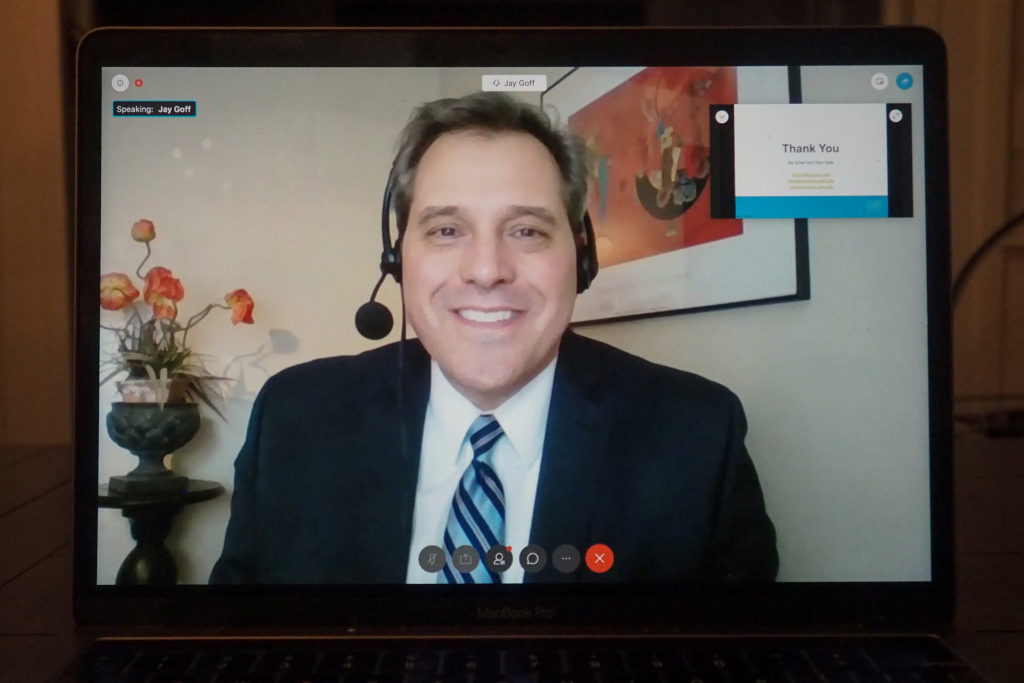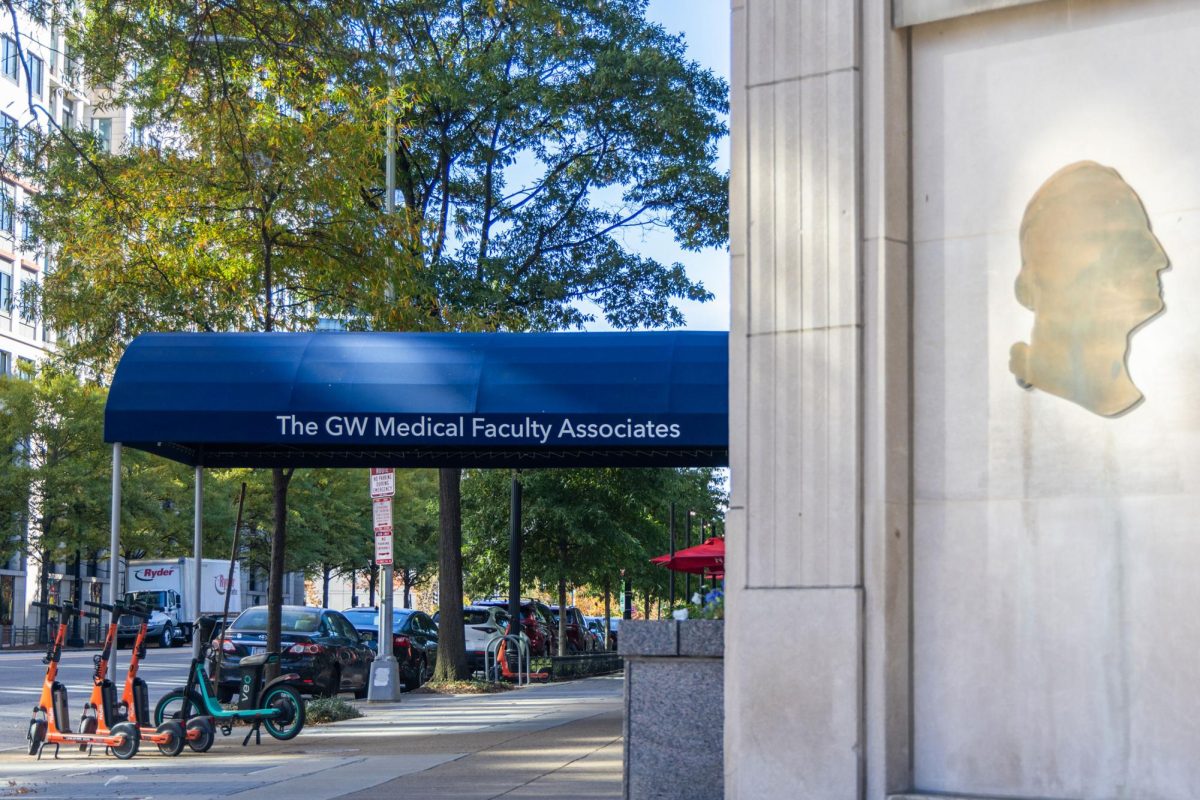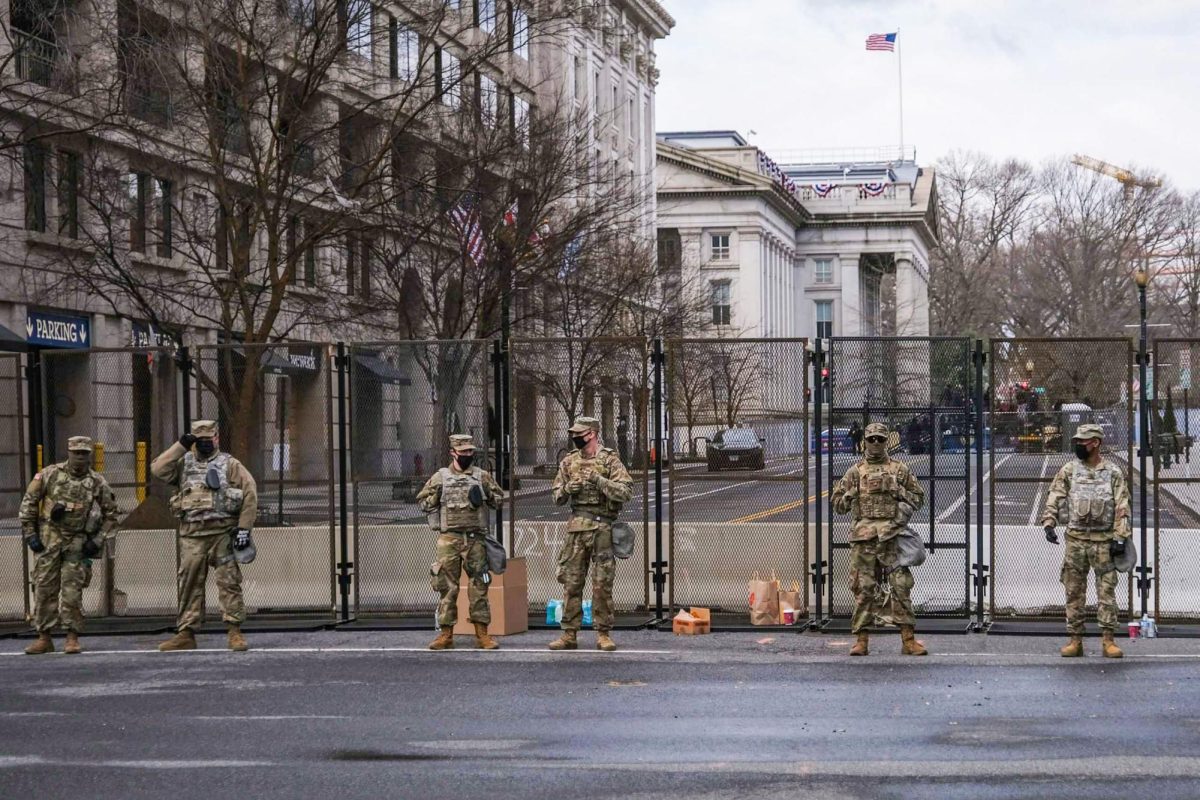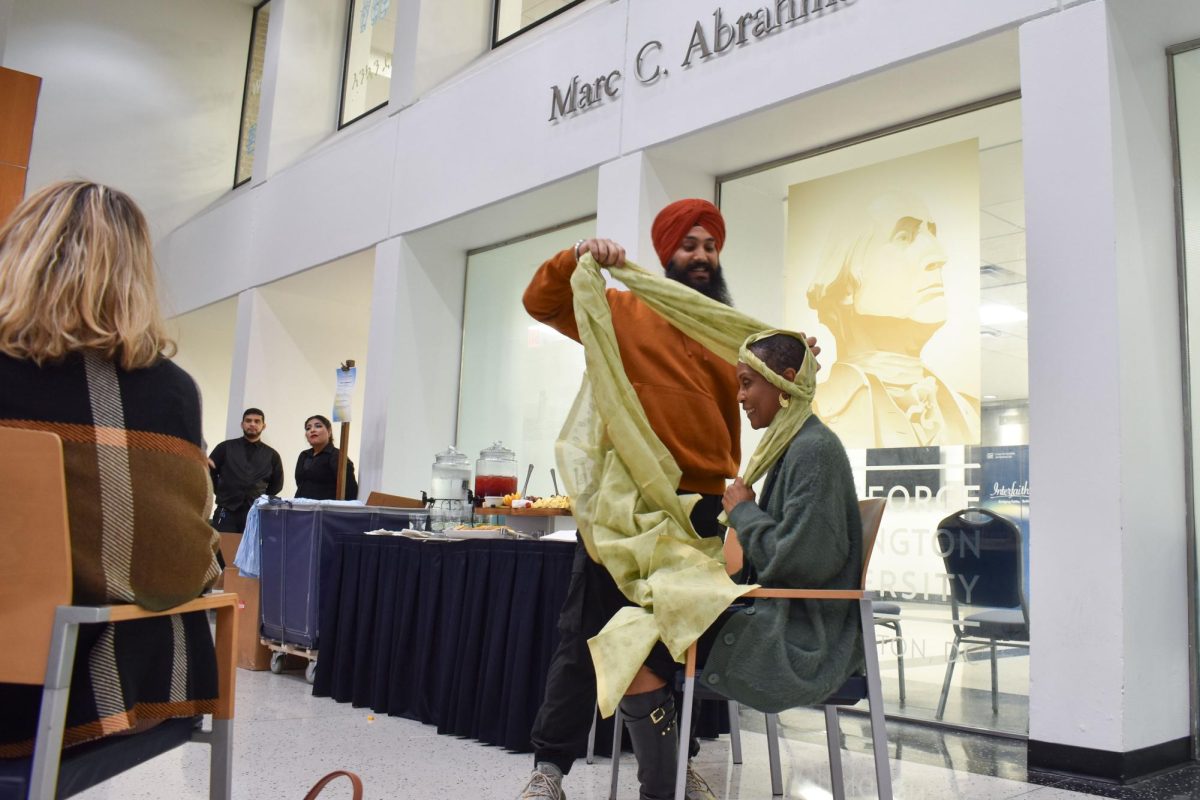GW is on track to notch its largest freshman applicant pool ever this year alongside a significant drop in students submitting college admission exam scores.
Officials said they received 27,141 first-year applications as of Feb. 3 – a 1.7 percent increase from last year – which could top an all-time record once the data is finalized in the coming weeks. Jay Goff, the vice provost for enrollment and student success, said the increase largely came from a growth in the number of domestic applicants while international applications fell nearly 20 percent with travel restrictions continuing during the COVID-19 pandemic.
“Given all the changes and the restrictions of the past year, we’re thrilled to attract such a strong applicant pool,” Goff said. “It’s a great indication of the fact that students truly value the quality of a GW education.”
Ben Toll, the dean of undergraduate admissions, said although the regular decision deadline passed last month, the final number may tweak slightly – likely by fewer than 20 applications in either direction – as officials review application files. If the application numbers hold, it would break an all-time record set in 2017 of 26,987 first-year applicants, according to data from the provost’s office.
Drop in test score submissions
Toll said roughly 75 percent of applicants typically submit standardized testing scores but officials expect less than 50 percent to have sent test scores to GW in 2021. The pandemic has prevented many students from taking the SAT and ACT, which likely drove the sharp decline, Toll said.
“I don’t think it’s a reflection of student choices,” he said. “I think it’s a reflection of availability.”
He added that many students typically take both the SAT and ACT to determine which test they prefer, but they likely could not do so under current health restrictions.
“That’s something that’s also playing in here,” Toll said. “Maybe a student applied test-optional – they may have taken a test, but they were hoping and expecting to take it twice. Then they decided, ‘Well, this isn’t a complete picture of who I am, because I was planning to take another swing at it.’”
Wafa Muflahi, a partner and senior program director at the college consulting firm Command Education, said many universities adopted test-optional policies in the past year because students were not able to sit through tests during the pandemic. Officials changed the University’s admissions policy to be test-optional in 2015.
“Many applicants have strong applications with great extracurriculars and grades but can’t quite get their SAT or ACT scores to fall within top schools’ average percentiles,” Muflahi said. “These are the students who took the opportunity to apply to top schools without having to submit ACT or SAT scores this cycle and likely are the students who account for the increased application numbers.”
Domestic applications rise, international applications fall
Goff and Toll said the number of freshman international applications fell to 3,157 this year, a 19.1 percent decrease from last year’s figure. The drop, largely driven by falling applications from China, was anticipated as travel restrictions and uncertainty remain during the pandemic, they said.
[gwh_image id=”1137293″ credit=”Courtesy of the Office of the Provost” align=”none” size=”embedded-img”][/gwh_image]
But freshman domestic applications rose 5.2 percent this year to 24,140, with increases in 39 states. Officials also saw increases in the DMV.
“We’ve seen that ever since last March, that Maryland and Virginia students had a little bit higher yield, because I think there’s a little bit of desire to be closer to home,” Toll said.
Toll added that about 11 states, more than half of which are located in the northeast and mid-Atlantic, have historically served as GW’s core “feeder” areas, and all but one of these states – Illinois – saw growth in applications this year. GW received 817 freshman applications from Illinois, a decrease of about 10 applications from last year, Toll said.
[gwh_image id=”1137294″ credit=”Courtesy of the Office of the Provost” align=”none” size=”embedded-img”][/gwh_image]
“Overall, where you see the major volume of students coming from, we’re seeing positive growth in each of those areas,” he said.
Academic interests shift
Toll said officials saw a 20 percent annual increase in the number of applicants intending to study public health and a 10 percent increase in applicants wanting to become a physician. Applicants’ interests are a “mirror of society” and often shift based on world events, he said.
“Those make complete sense to me because of what we’ve been talking about – all the signs in people’s front yards about health care heroes and things of that nature,” Toll said.
Medical school applications nationwide increased by 18 percent this year as the spotlight shifted to health care workers during the pandemic, which some admissions officers have called the “Fauci effect,” according to an Association of American Medical Colleges release.
Toll added that the number of applicants desiring to pursue law increased about 10 percent this year, likely as a result of the 2020 presidential election.
“Will they end up being lawyers or not?” Toll said. “Who knows, right? That’s why they’re going to college – to discover these different outcomes.”
Students delay declaring GW commitment
Officials said GW experienced a drop in the number of students applying through the early decision rounds, which compel students to attend the University if they are accepted, alongside an increase in the number of students applying through regular decision. Admissions programming has been held online since last March, preventing many applicants from visiting campus as they determine their top choices for college.
Toll said those changes, coupled with financial uncertainty and health concerns, were likely factors in applicants’ decisions to not declare GW as their definitive top choice.
“Finding your college is supposed to be fun – going on college visits, going on tours, getting to meet people – and we’re doing our best in the virtual environment, but it’s not the same,” Toll said. “We just have to remember, how do we bring a little bit more joy back in this process?”
Erin Earle, the former president of the New England Association for College Admission Counseling and the director of campus visit experience at the University of Rhode Island, said the inability for prospective students to visit colleges may have also led to an increase in applications because of the difficulty in ruling out potential schools.
“A big thing with COVID is the inability to visit as much as people used to,” she said. “They are applying to more schools because they have not narrowed down that list by visiting.”
While GW became test optional before the pandemic, Earle said more students may have found GW because they are now looking for test-optional schools. With application numbers potentially rising, she said universities may still see enrollment numbers decrease due to the pandemic.
“I hope that students will still see post-secondary education as really valuable and important, because I am worried that students are going to opt-out and miss out on amazing opportunities that are going to help them get to their goals,” Earle said.








